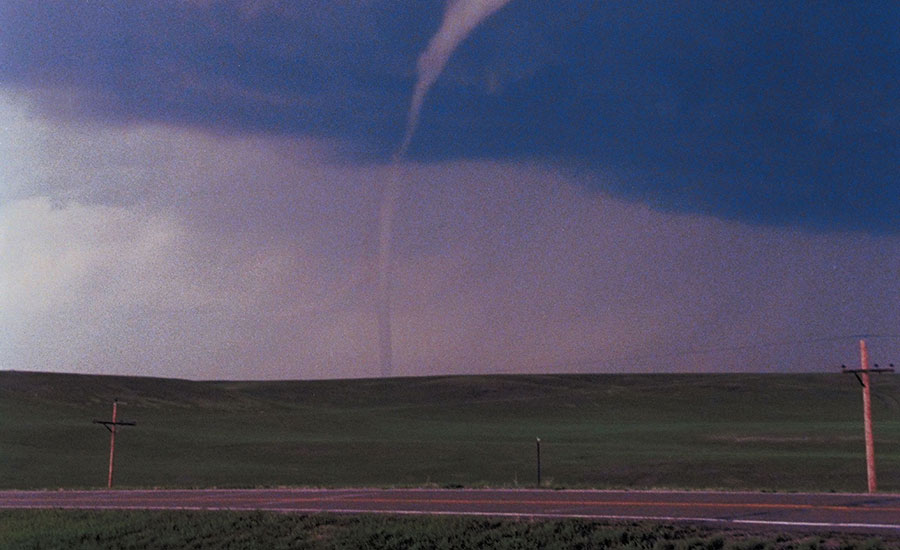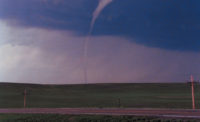$15B Worth of Natural Disasters in US Have Occurred Through September

There were 12 billion dollar weather disasters that have occurred during the first half of 2017, and hurricane season brought three storms that resulted in massive damage, including Harvey, Irma and Maria.
While the official damage costs are not available yet, they are expected to be billion-dollar weather disasters, according to NOAA's National Centers for Environmental Information (NCEI).
NCEI is the nation's scorekeeper in terms of addressing severe weather and climate events in their historical perspective. It tracks and evaluates climate events in the United States that have great economic and societal impacts.
According to NCEI data, tropical cyclones are the most costly of the weather and climate disasters. Since 1980, the U.S. has sustained at least 218 weather and climate disasters where overall damages/costs reached or exceeded $1 billion (including Consumer Price Index adjustment to 2017). The total cost of these 218 events exceeds $1.2 trillion. However, this total does not include the costs for Hurricanes Harvey, Irma, and Maria, which are substantial and are still being assessed, it said.
Not including hurricanes Harvey, Irma, and Maria, NCEI reports that 35 tropical cyclones have caused at least $583.5 billion in total damages—with an average of $16.7 billion per event. Accounting for just under a fifth (17 percent) of the total number of events, tropical cyclones have caused almost half (47 percent) of the total damages attributed to billion-dollar weather and climate disasters since 1980. These numbers will dramatically rise once the 2017 hurricanes costs are included.
Following tropical cyclones, the most costly event types are:
- Drought, with an average cost of $9.4 billion per event
- Flooding, with an average cost of $4.3 billion per event
- Freezes, with an average cost of $3.4 billion per event
- Winter storms, with an average cost of $3.1 billion per event
- Wildfires, with an average cost of $2.5 billion per event
- Severe storms, with an average cost of $2.2 billion per event
In addition, said NCEI, wildfires are most common west of the Plains states and in several Southeastern states. Inland flood events—not caused by tropical cyclones—often occur in states near large rivers or the Gulf of Mexico, which is a warm source of moisture to fuel rainstorms. Drought impacts are mostly focused in the Southern and Plains states where crop and livestock assets are densely populated. Severe local storm events are common across the Plains, Southeast, and Ohio River Valley states. And, winter storm impacts are concentrated in the Northeastern states while tropical cyclone impacts range from Texas to New England but also impact many inland states.
In total, the Central, South, and Southeast regions typically experience a higher frequency of billion-dollar disasters than other regions.
https://www.ncei.noaa.gov/news/calculating-cost-weather-and-climate-disasters
Looking for a reprint of this article?
From high-res PDFs to custom plaques, order your copy today!






